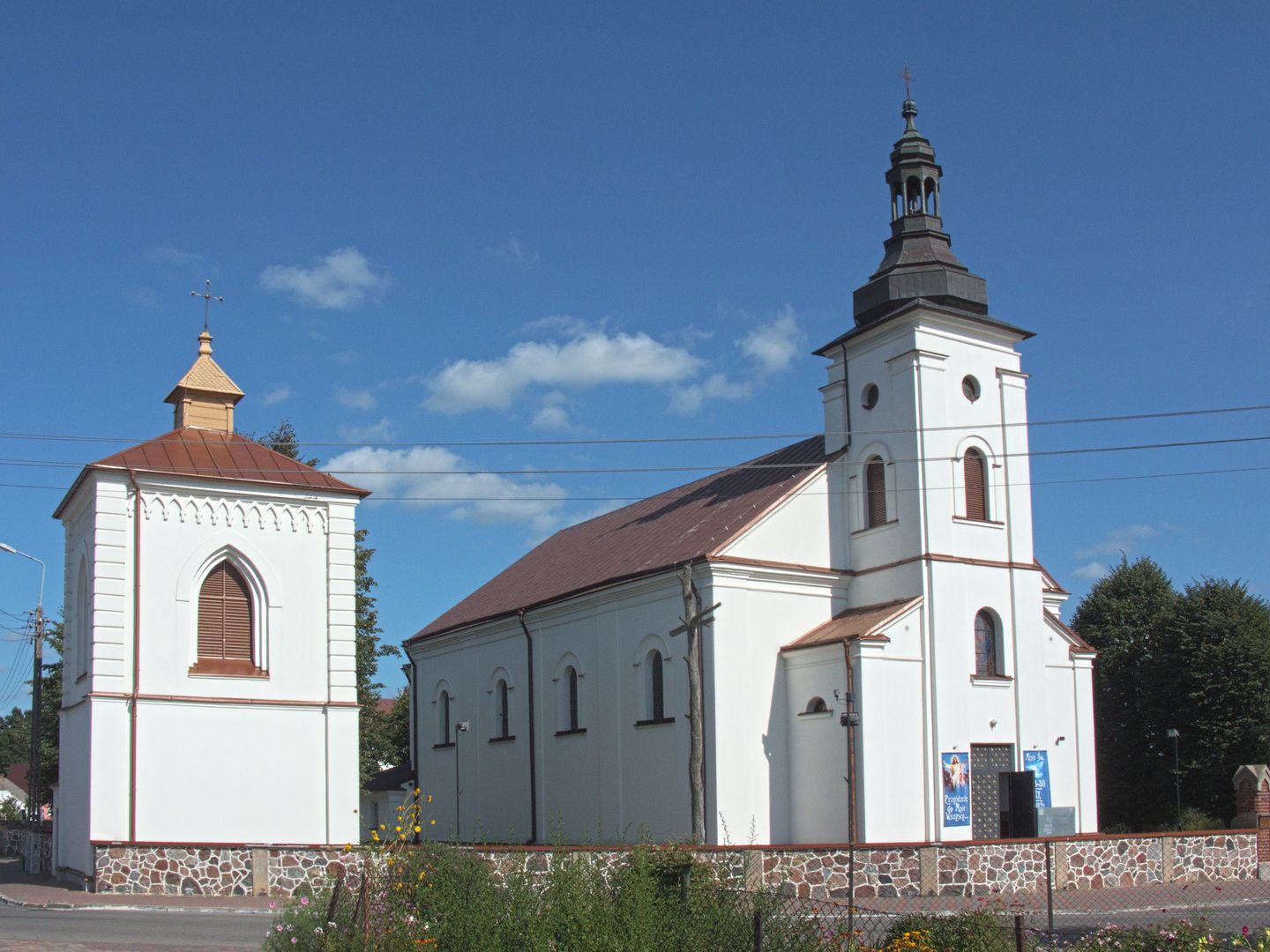Brańsk
6.47

Overview
Brańsk is a town and municipality in the Podlaskie Voivodeship, situated on the Nurzec River. Recognized as a place of rich history, it received its town charter in 1440 and was the seat of the sejmiks (local diets) of the Bielsk Land from the 16th century until the mid-18th century. The name of the town is associated with the Bronka River, and nearby are sites of the Globular Amphora culture. Brańsk was the site of a battle between Poles and Yotvingians in 1264, and its development intensified particularly in the 16th century when it became an important trade center, especially in timber. The town boasts numerous architectural monuments, including the Parish Church of the Assumption of the Blessed Virgin Mary, a bell tower, and Roman Catholic, Orthodox, and Jewish cemeteries. After World War II, Brańsk began to rebuild, and in the 20th century, the importance of its Jewish community grew. It is worth mentioning the town's connection to many notable figures, such as Feliks Kopeć, whose fate during World War II was tragic. Brańsk is a crossroads of key roads, making it an important transport hub for the region. Over the centuries, the town has undergone numerous administrative changes, and its history is full of turbulence, making Brańsk an interesting destination for tourists and historians.
Location
2025 Wizytor | All Rights Reserved